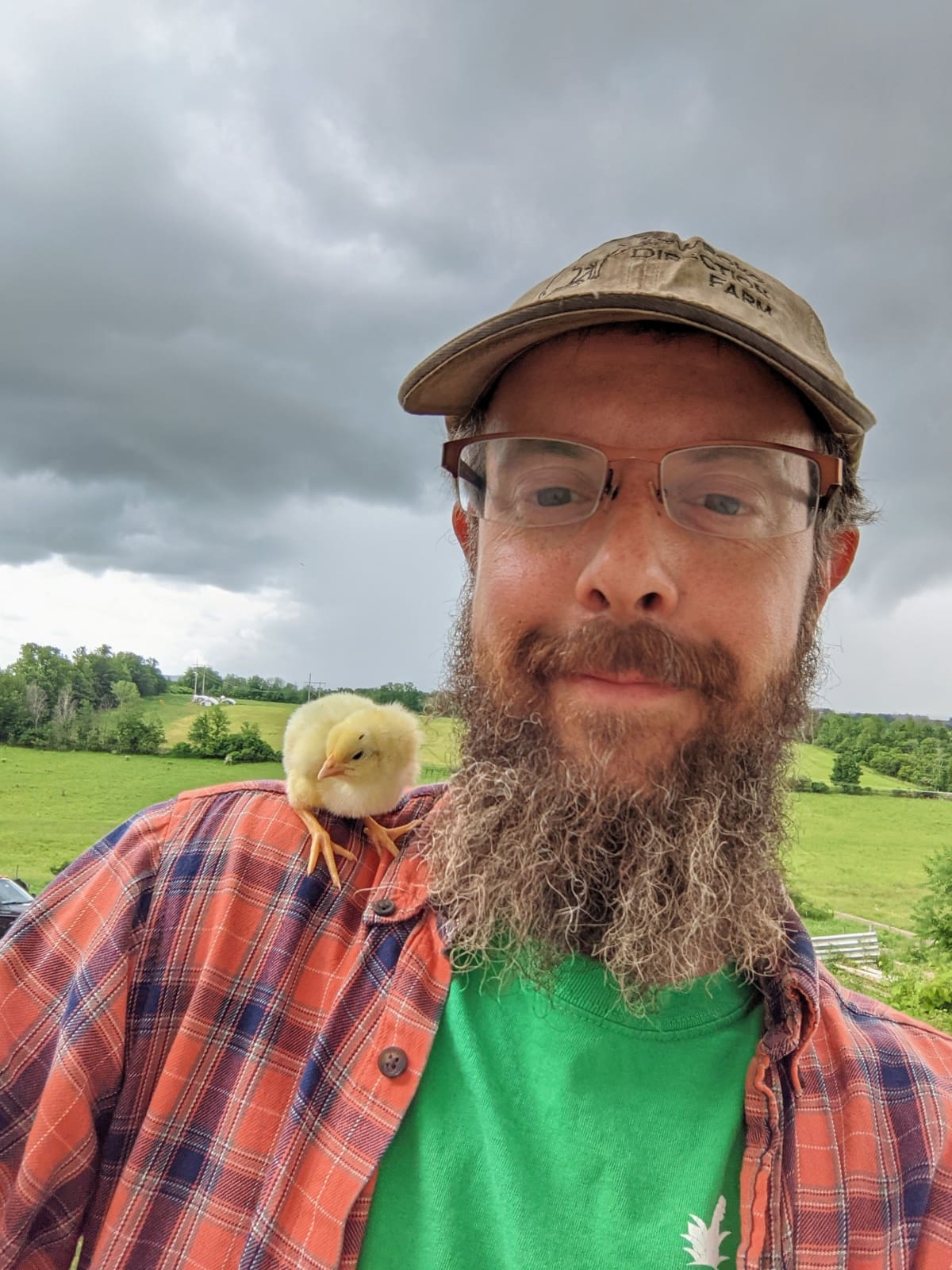As a livestock farmer, I’ve been listening with interest to interviews with influential investors and activists representing plant-based and lab-grown meat replacement businesses. With their stated goals of collapsing the meat industry, of course I have a vested interest in the topic that puts me opposite them. If you’d like some samples, I’d suggest Pat Brown from Impossible foods interviewed by Guy Raz, Sam Harris interviewing Bruce Friedrich and Liz Specht from Good Food Institute, or another Bruce Friedrich interview with Steve Levitt. These three podcasts are all well-articulated discussions, providing sufficient dialog to develop the case against natural meat and for meat replacement technology
The basic premise is that meat production is destroying the world’s climate, overtaxing its resources, creating antibiotic resistant diseases, and as a technology, is incapable of feeding an indefinitely expanding population. Meat replacement technologies are presented as solutions to all these problems. There are two approaches being pursued. The more common one commercially available today involves texturized plant-based ingredients, typically supplemented with bacterial- or fungal-derived additives, arriving at an approximation of ground meat’s taste. The other approach produces more or less identical animal meat from muscle groups that are grown directly from cell cultures.
I have disagreements with many of the buttressing arguments cited in these interviews, as I find that their statistics and research findings are dubiously sourced and craftily stated for maximum rhetorical effect. Like any advocate, their interests are served by finding presentations that sound sincere and convincing, so this story sculpting isn’t surprising. Every well funded PR effort engages in it.
Fear not: I won’t battle with my facts versus their facts. This isn’t a cable news show with voluble “experts” snidely lobbing fact grenades over the wall at each other. I hate that approach.
I’m suspicious of the way most arguments are marshalled no matter the topic, how a narrative constellation is picked out of a cluster of conflicting data. I spent enough years before farming working at jobs involving numerical forecasting and statistical modelling to know that even the most “just the facts ma’am” scientific approaches are typically swayed more by initial expectations of the person running the model (and especially by the executive signing off on their work) than by the data in the model. And for a topic as difficult to measure and as multidimensional as animal agriculture and its global impact, there are no end of opportunities for grooming and nudging the facts.
The Root Issue
My fundamental disagreement with the technology-based plans for a meatless future is philosophical, regardless of whatever quibbles I have with their arguments. I don’t have a problem with someone making a better veggie burger, or with anyone who decides they won’t ever eat meat. I do have deep reservations with the zeitgeist underpinning the corporations and lobbyists working to supplant meat with their technologies. Their vision for the future continuously links back to a fundamental bias for a brittle concentration of proprietary, patented food production versus an open, robust, human-centered food network. As events of the last year have amply illustrated, this is exactly the wrong approach to take in an unstable world.
I’ll discuss this more in the upcoming weeks and lay out my vision for a better future for food. In the meantime, let me know your thoughts on what a future of abundant, nutritious food might look like.


2 thoughts on “Thoughts on Making Meat”
What does eating a highly processed patty made of soy and chemicals have to do with ethics? This is just marketing. Buy local. Buy simple. Buy products that you could make at home. I love Walter Jefferies “no weird stuff” homemade label. Anyway, as I was cooking these this weekend for my vegetarian relatives, I was thinking about all the resources that were used to get this patty to the grill.
At my place, we graze cattle, we dispatch them, we cut the meat up and package it. Pretty simple chain.
These veggie patties…well there are WAY more inputs. Soy was grown on a mega farm, it was stored, it was shipped via rail or boat and it could even be foreign soy beans! They are processes at the plant, there add colors, and tastes, and preservatives, the patties are stored again, they are trucked to the grocery where they will sit there under the lights until they are purchased and put on the grill
I understand savvy marketing. What i don’t understand is how it has supplanted our ability to read between the lines…we need more critical thinking
DAve, as usual thank you for writing about what was already on my mind!!
jason
Jason, I think the fundamental transparency and honesty of your pasture to plate model is far superior to the complicated global supply chain involving grain farming, international shipping, processing vats, and miles of stainless steel piping.